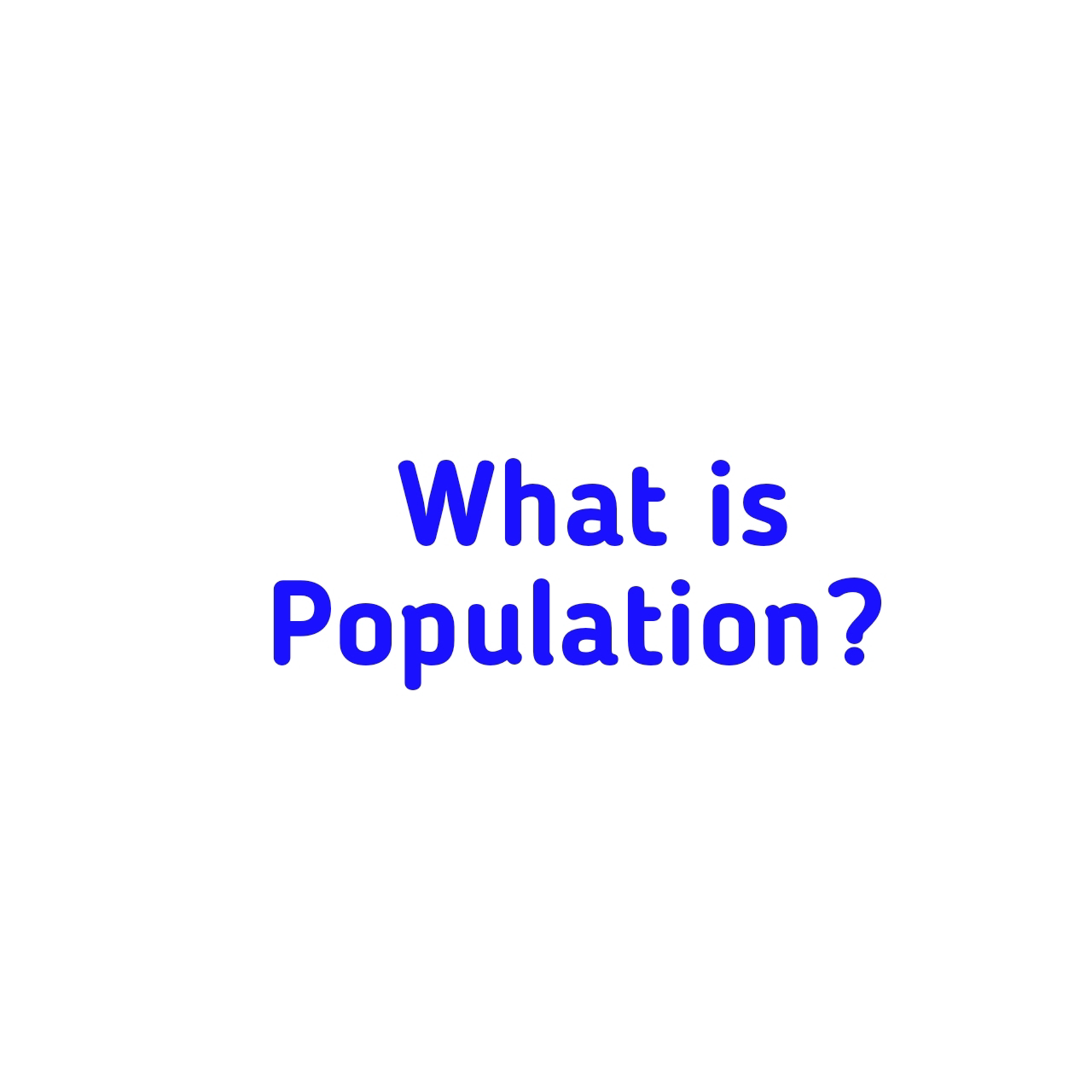What is Population

What is Population? Population is the total number of able-bodied and disabled men, women and children living in a country. In other word, population is the total number of people living in a country. Thomas Robert Malthus principal of population A British economist Robert Malthus wrote in his "Essay on Population" in 1978. He wrote that overpopulation was the root of many problems industrial European society suffered from— poverty, malnutrition, and disease could all be attributed to overpopulation. He argued that population was growing faster than the rate at which production was growing. According to him, the population of Britain was growing in geometrical progression, that is in multiples 1, 2, 4, 8, 16, 32, etc. While food supply was growing in arithmetical progression, that is 1, 2, 3, 4, 5, 6, etc. He argued that stage will be reach where food supply will not catch-up with population growth. "As a solution, Malthus urged “moral restraint.” That is, he declare